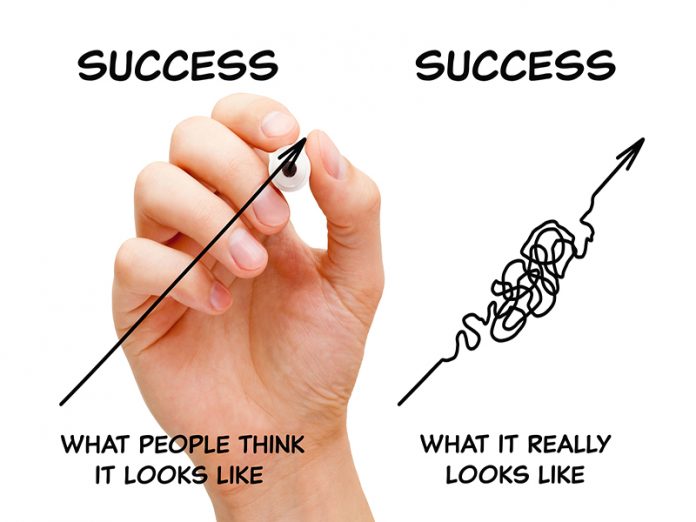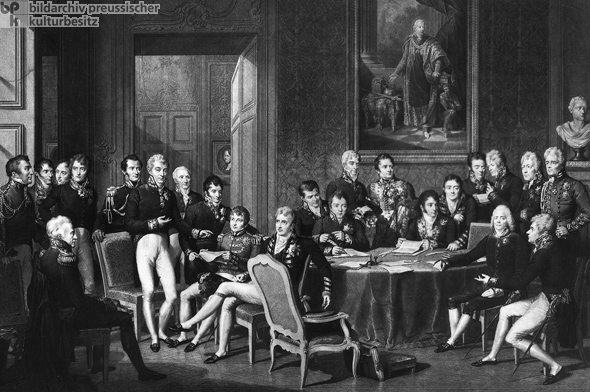Events are the prefect tool for presenting a company, boosting sales, shaping image, encouraging customer and staff loyalty, building corporate culture. Does any of the above sound like it can be done successfully by only thinking in practical terms?
How do you select the target group for your event? Do you want a huge number of people and media reps to be present, if the main objective is sales? For instance, you work in the car industry and you are planning the launching of a new model. The ultimate goal, of course, is to sell as many cars as possible. It’s alright to invite a lot of people to the event but the important question is whether those people actually are potential buyers or can bring potential buyers to the event. In that case it’s much better to have 100 actual buyers than 400 people who have just come for a free drink and may not even have a driver’s license.
Today companies often engage the same people as speakers on their panels or as their brand ambassadors. This is obviously not a problem when we are talking about medicine, pharmacy, or another related industry. But when we venture into the commercial sphere, then you get a copy-paste situation. The parameters used to select such people become questionable and one gets the impression that they are only the result of these people’s popularity at a certain time. If you think long term and strategically, persons who represent the company should be selected on the basis of common values and expertise, and not on the basis of their current popularity. An important moment is looking into the reasons for someone’s popularity. This, too, should be in line with company values and the values of its target group.
In choosing a venue for an event, often the same thing happens. If there is a choice between a venue with an excellent price and location but which is a classic, very familiar, standard place for a conference and another, which is more luxurious, of an unusual design and more expensive, the event manager who has a strictly practical view of the event, thinks short term, and fails to see the bigger picture, will choose the first location. But if he thinks long term and is aware of the company’s strategy to position itself within the next three years as a luxury brand catering to a specific clientele, the second venue would strategically be a better choice. Because, let’s not forget, a company clearly communicates its strategy through the events it organizes.
The point is that the practical aspect of the event can be done to perfection. Everything runs according to schedule, arrangements are made on time, there are no unforeseen situations. Nevertheless, the event is not a success because it was not strategically planned and carried out. From the strategic angle, everything listed above will not give the desired results. In regard to that, here are a few key aspects to which every good strategic planner should pay attention.
Is yours a SMART event?
In order to view an event from the strategic perspective, ask yourself if the event you are planning is SMART – Specific, Measurable, Attainable, Relevant and Timely. In other words, what is the target group, can its results be measured, can it be done/what kind of assistance do you need, is it relevant and has a schedule been defined?
The objectives of the event have been established, now what?
Make sure that everybody, absolutely everybody, involved in organizing the event has the same goal. Naturally, in line with their position in the event organization. It’s important that your own expectations are aligned with this, as well as with the preferences, capacity and interests of your colleagues. To return to the first sentence of this paragraph with a simple example: if you are organizing a team building event or if the lunch break at the conference is intended for participants to mingle and get to know each other better, opt for a buffet to encourage them to do so. People will interact spontaneously, talk and get acquainted.
Use technology
We are in 2020, so don’t expect technology to fade into oblivion! On the contrary. Start using tools you haven’t used before, get interested and learn, for instance, how to apply specially designed applications to obtain much needed information. From the number of people who were present, to creating experiences to, for example, the savings in paper that you’ll make. Of course, don’t go overboard with technology because the main idea, after all, is to get people to interact.
Is an event “just” an event?
No, it isn’t. Events are an inseparable and essential part of a company. Strategic planners know that every one of us plays an important role and is responsible for the way those around us will understand the purpose of the event. That will affect the way the company is perceived and/or understood. Is what the participants saw, heard and noticed in keeping with the company’s image, its values and aspirations? The choice of food and drink, the venue, the speeches or lectures – are all items requiring a lot of attention for all the reasons mentioned above.
Make written, not mental, notes
It is better to write down important strategic decisions than try to remember them because it’s not likely that you will be able to keep in mind all the information, numbers and details that are important. Make a document where you will record precisely everything to do with the budget, savings you made, feedback you got from participants, the number of people who attended, observations about positive aspects and aspects to be improved or elaborated. Your managers or clients will certainly appreciate a report of that type after an event.
And in closing, remember to be resourceful and brave. Come out of your comfort zone and look at things from a different perspective. Be thorough and imaginative when you are working on the “event design”, think about how each of its aspects could affect the company, positively or negatively. Optimize resources for the meeting/event/congress/team building activity by planning and cost cutting.
No one said the passage from practical to strategic thinking would be easy, did they? 🙂






































 Srpski
Srpski English
English